"Till a More Favorable Time"
by John S. Emrich and Charles Richter
April 2021, pages 63–66
When the COVID-19 pandemic forced AAI to cancel IMMUNOLOGY2020™ in Honolulu, Hawai’i, it was the first time the organization had to abort its scheduled annual meeting—this century. It was not, however, the first time AAI was faced with calling off this celebrated conference. During the Second World War, AAI was unable to meet for three years due to federal wartime travel restrictions.
Today, AAI is a much larger and more complex association, and it is also better equipped to keep immunologists connected in difficult and disruptive times. In this issue, AAI looks back at the first time an unprecedented situation forced the disruption of our annual meeting.
War
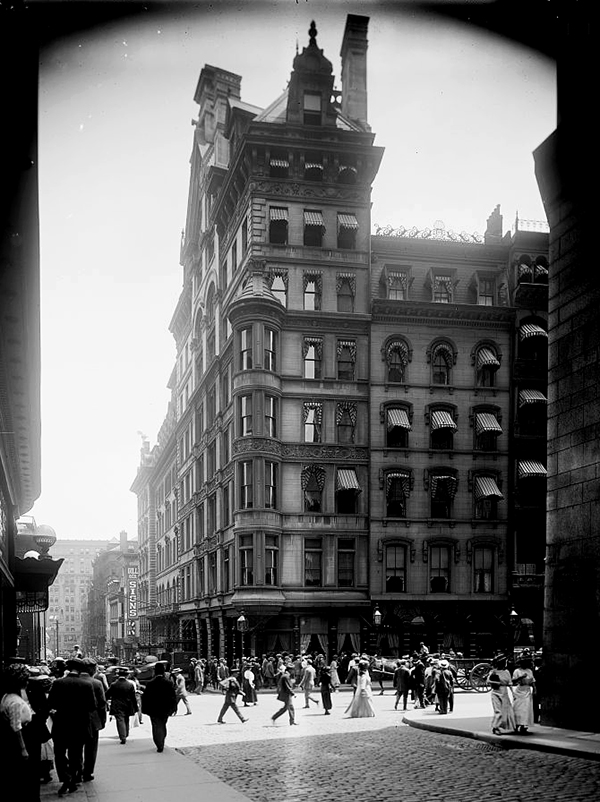 TParker House Hotel, Boston, MA
TParker House Hotel, Boston, MA
Library of CongressWhen Japan attacked Pearl Harbor and other American military installations in the Pacific on December 7, 1941, Congress officially declared war on Japan the next day. Germany, quickly followed by the other Axis states, declared war on the United States on December 11, and Congress responded in kind hours later. Although the war in Europe had begun more than two years prior, the United States spent those years attempting to stay neutral while secretly aiding the Allies. After Pearl Harbor, the country was suddenly embroiled in a global conflict.
The Last Meeting Before Restrictions
The 1942 meeting was held in Boston, Massachusetts, at the Parker House hotel, famous as the birthplace of both Boston cream pie and its namesake roll, and as the location where future president John F. Kennedy announced his candidacy for Congress in 1946. In a change from previous years, the meeting was scheduled for only a single day.
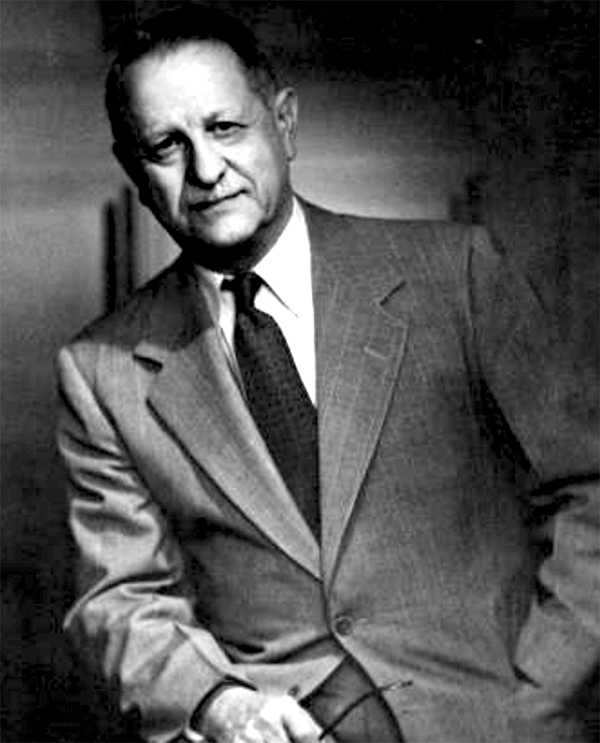 Jacques J. Bronfenbrenner
Jacques J. Bronfenbrenner
Missouri Digital HeritageOf the 50 scientists who presented research at the 1942 meeting, half were from either the host city of Boston or the states of New York and New Jersey. The rest were from across the country and around the world, including from North Carolina, Illinois, Minnesota, and California, and even São Paulo, Brazil. The scientific program was wide ranging, with presentations on various aspects of complement fixation; immunization; protein reactions; and diseases such as tuberculosis, influenza, and polio.
On the morning of April 1, the AAI Council met. The minutes of that meeting show very little indication that the country was rapidly mobilizing for war. The normal business of the association was handled, including electing new members and nominating the next president, Jacques J. Bronfenbrenner (AAI 1920, AAI president 1942–45). The Council approved revisions to the “Note to Contributors” in The Journal of Immunology (The JI) and discussed specific style standards for manuscripts—all very normal business. They also voted to accept membership in the Federation of American Societies for Experimental Biology (FASEB) “if and when invited.”
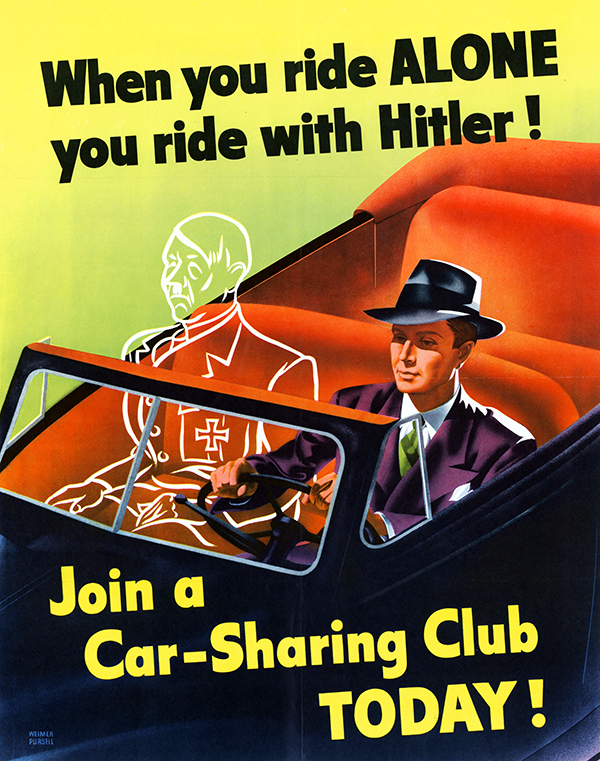 OPA gasoline rationing poster, 1943
OPA gasoline rationing poster, 1943
National ArchivesThe biggest issue of the meeting arose when Arthur F. Coca (AAI 1916), who had served as editor-in-chief of The JI since its founding in 1916 and as secretary-treasurer since 1918, offered his resignation from the latter post. The minutes reflected Coca’s explanation that “on account of his very limited diet, he might be prevented from attending meetings held in distant places.” His Council colleagues asked him to postpone his decision “until a suitable successor could be found,” which would end up taking longer than expected.
The only indication in the minutes that things were not right in the wider world was the decision that the project for an International Handbook of Immunology be “tabled till a more favorable time.”
Wartime Rationing
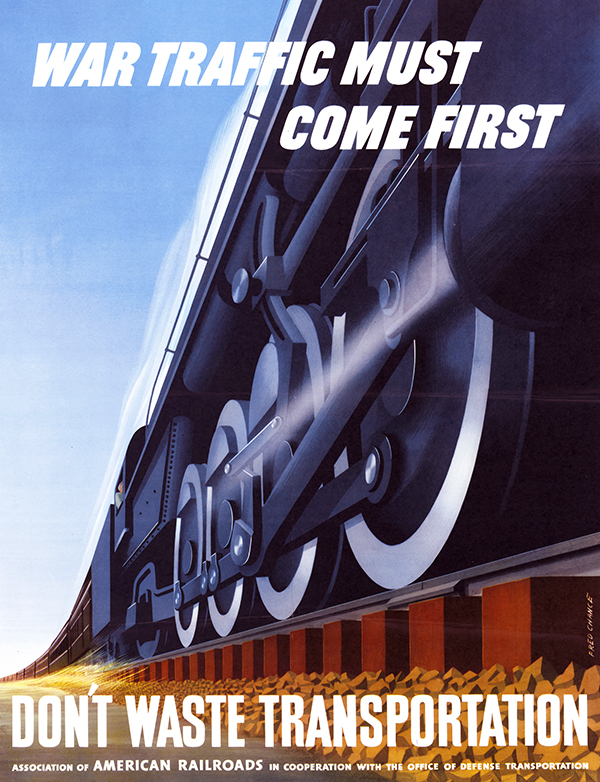 Gasoline and rubber rationing poster
Gasoline and rubber rationing poster
National ArchivesEven before the 1942 meeting, the United States was facing restrictions on the home front as massive mobilization demanded raw materials. In addition to the well-known rations for products such as sugar, meat, nylon, and silk, some of the first rationing standards restricted civilian transportation in order to conserve rubber for production of airplane tires and engine components. The War Production Board banned all civilian automobile sales as of the first day of 1942, and tires were rationed beginning January 5. Within two months after the AAI meeting, a national speed limit of 35 mph was established, as tires were shown to last four times longer at that speed than at 65 mph. At the same time, gasoline was rationed on the east coast. By the end of the year, gas rationing would be nationwide, with most civilians eligible to buy only four gallons per week.
Traveling across the country to a conference became not only logistically impossible, but unpatriotic as well. Every mile put on a private car’s tires was viewed as stealing rubber from military airplanes. Joseph Eastman, the director of the federal Office of Defense Transportation (ODT), launched an intensive propaganda campaign urging voluntary restriction of unessential travel to avoid necessitating government control of railroad traffic. Even though 1943 had been expected to be a very busy year for travel—14,500 organizations had planned national or state conventions—most groups chose to voluntarily cancel their events to support the war effort.
Life in the War Years
Life in the War Years When the United States entered the Second World War, it was still recovering from the Great Depression that began in late 1929. New Deal programs had helped drop the unemployment rate from a high of 24.9 percent in 1933 to 9.9 percent in 1941. The military enlistment of eligible men and rapid growth of the defense industries quickly brought the unemployment rate down to 4.7 percent in 1942, and it averaged 1.7 percent for the remaining war years.
Jim Crow laws (state and local laws in the South) continued unabated during the war years to enforce strict racial segregation in everyday life while disenfranchising black voters through poll taxes and literacy tests. With far fewer segregation laws, northern states nevertheless imposed de facto segregation as housing discrimination created poor, racially homogenous neighborhoods. The federal government was segregated: all branches of the military continued their 150-plus years of official segregation, just as federal government agencies maintained their segregation that had been officially imposed by President Woodrow Wilson in 1913.
Missed Meetings
The 1943 AAI annual meeting was supposed to have taken place in conjunction with (or as part of) the FASEB meeting in Cleveland, Ohio, on April 6–10. In keeping with both voluntary and legal restrictions, the AAI Council decided to cancel rather than encourage scientists to travel from points across the continent to Cleveland. Also cancelled was the year’s AAI election, so Bronfenbrenner remained the association’s president until another meeting could take place.
With the war still ongoing in 1945, the White House issued a “Ban on Conventions” that was really a series of requests. Starting in February, all conventions of more than 50 people were to be cancelled, hotels were to refuse reservations for unapproved meetings, and all trade shows were to be cancelled. Hoping the war would conclude in early 1945, FASEB was once again tentatively planning to hold its annual meeting in Cleveland, May 8–10 if possible. The war dragged on too long to allow it, however, and the AAI Council likewise complied with the government’s requests.
The war also delayed AAI becoming a member society in FASEB. The 1942 meeting was the second in a row held in conjunction with the FASEB annual meeting. That year, AAI formally applied for FASEB membership, but approval had to wait for the next FASEB meeting, which did not occur until 1946. Because of the unprecedented delay, FASEB officially backdated the join date of AAI to 1942.
The JI
Although AAI was unable to hold meetings while wartime restrictions were in place, it was still able to contribute to scientific research through The JI, which continued publication without interruption. Much of the research the journal printed was directly applicable to the war effort and, in many cases, was funded by the federal government. (See “The JI in a World at War” in the October 2016 issue of the AAI Newsletter for more on wartime publications.)
Back to Business
When Japan surrendered to the Allied forces on August 15, 1945, the process of returning to normalcy on the home front began. The ODT lifted the nationwide 35 mph speed limit only four days later. By the end of the war, 99 percent of the stock of passenger automobiles, frozen in 1942, had been allotted. The last of the auto rationing ended on October 30.
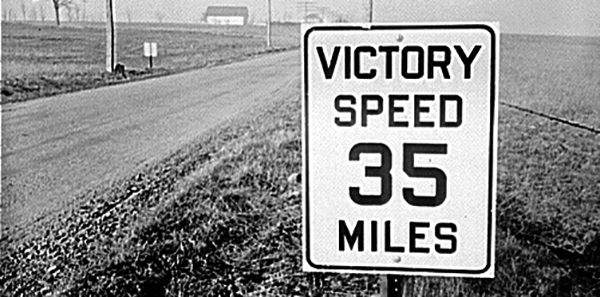 Speed limit sign, PA, 1942
Speed limit sign, PA, 1942
Library of Congress>In a November 28, 1945, letter to AAI members, Bronfenbrenner announced that the 1946 meeting would go forward as planned in March in Atlantic City, New Jersey. Although the federal restrictions had been lifted, plans for a FASEB meeting until that point had been uncertain because of difficulty securing accommodations.
At the March 12, 1946, Council meeting, the minutes reflected not only the election of Michael Heidelberger (AAI 1935, AAI president 1946–47 and 1948–49) as the first new president in four years, but also a unanimous motion offering Coca, still serving as secretary-treasurer, the Council’s “hearty congratulations, its deep appreciation of his long and faithful services…and its wish that his active interest in the Association continue.”
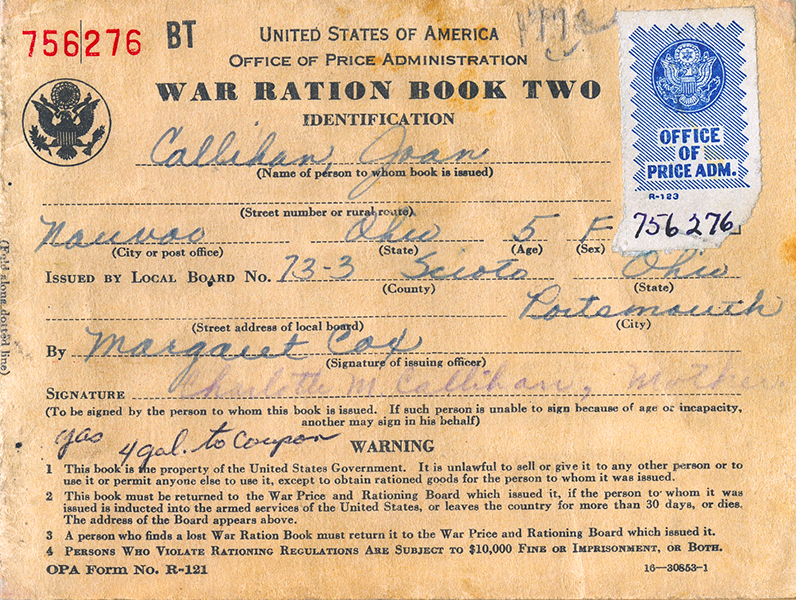 Ration Book, Ohio, 1942
Ration Book, Ohio, 1942
National Museum of American HistoryThe scientific program of the 1946 meeting returned to a two-day format, with 80 scientists giving 46 talks. Penicillin, which had first been used to treat streptococcal meningitis in 1942, and then extensively in the battlefields of the Second World War, was a major theme of the first session. With the war over, AAI members were investigating how the new antibiotic interacted with a variety of bacteria. Other presentations dealt with antibody formation, anaphylaxis, influenza, and diseases that had been encountered in the Pacific such as dengue fever and malaria.
Polio also figured into this meeting. Among the new members elected at the 1946 meeting were two giants in the then-ongoing battle against polio, Albert Sabin (AAI 1946) and Hilary Koprowski (AAI 1946). John F. Enders (AAI 1943, AAI president 1952–53), who was soon to culture poliovirus for the first time, was on the AAI Council but did not participate in the membership voting that year “on account of absence from his office.”
IMMUNOLOGY2020™
The necessity of cancelling IMMUNOLOGY2020™ and holding IMMUNOLOGY2021™ as a virtual meeting due to the COVID-19 pandemic was as clear as it was unfortunate. The AAI annual meeting today is of a magnitude much larger and more complex than it was in 1942, but digital communication has ensured that the business of the organization can go on, even during years when world events preclude an in-person meeting, with much less disruption than in earlier times.
References
- American Association of Immunologists. Minutes of the Meeting of the Council of the American Association of Immunologists, April 1st, 1942, AAI Archive, Rockville, MD.
- American Association of Immunologists. Minutes of the Annual Meeting of the American Association of Immunologists, March 12, 1946. AAI Archive, Rockville, MD.
- American Association of Immunologists. Program of the Twenty-ninth Annual Meeting of the American Association of Immunologists, 1942. AAI Archive, Rockville, MD.
- American Association of Immunologists. Program of the Thirtieth Annual Meeting of the American Association of Immunologists, 1946. AAI Archive, Rockville, MD.
- Flamm, Bradley. “Putting the Brakes on ‘Non-Essential’ Travel: 1940s Wartime Mobility, Prosperity, and the US Office of Defense.” Journal of Transport History 27, no. 1.
- Office of Defense Transportation. Civilian War Transport: A Record of the Control of Domestic Traffic Operations by the Office of Defense Transportation, 1941–1946. Washington: US Government Printing Office, 1948.